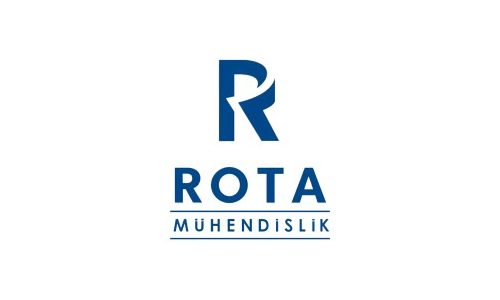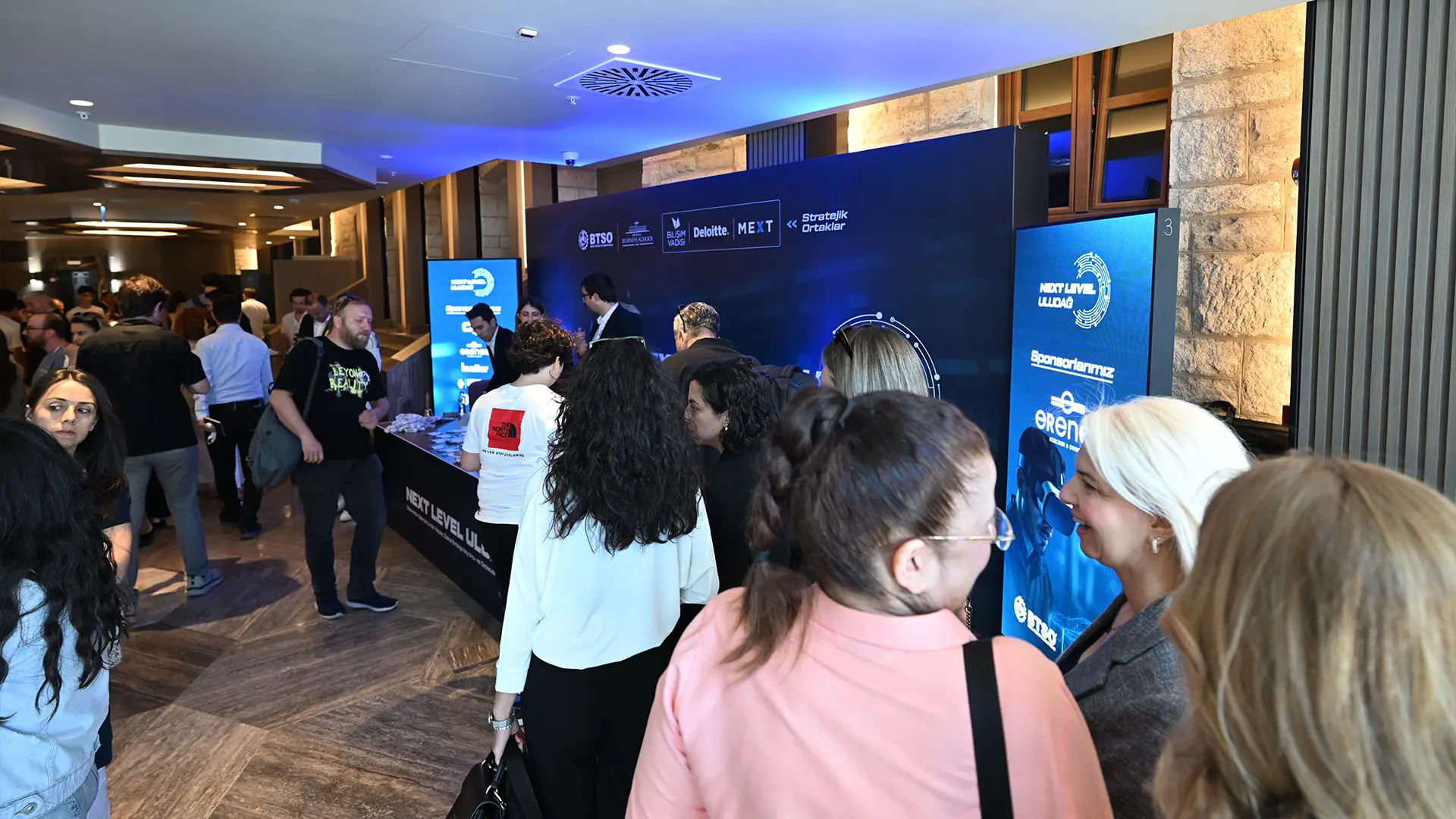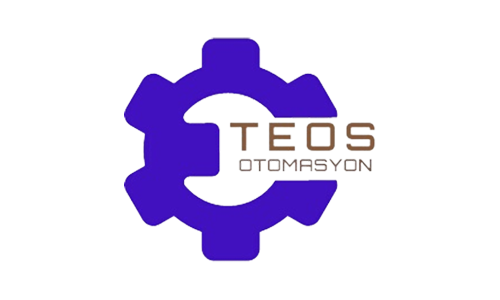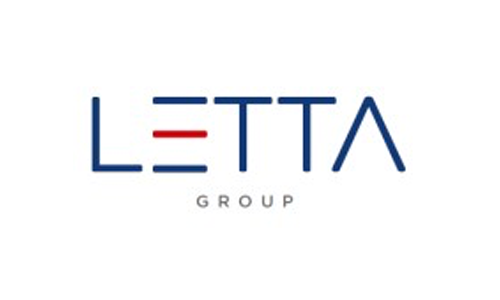Developing the Digital & Robotic Coding Skills of Instructors and Youth
LTT-2
The LTT-2 training, held at Bilişim Vadisi from January 20-26, 2024, aimed to enhance the digital competencies of educators and teach them how to effectively integrate next-generation technologies into classroom environments. Throughout the training, various projects were developed using digital tools such as mBlock, Scratch, Tinkercad, and Small Basic.
Participants not only honed their practical skills by working on projects involving electronic components but also reinforced fundamental programming concepts, such as algorithms, variables, and conditional structures. The training was designed to equip educators with innovative teaching methods, enabling them to guide students more effectively.
At the conclusion of the program, participants transitioned to text-based coding, working on advanced projects before receiving their certificates. This experience significantly contributed to strengthening the educators’ leadership skills in digital education.
Day 1
The first day of the trainer training began with a brief introduction to the LMS system and the training sets that would be used throughout the program. Trainers developed practical applications using the Red-Kit training materials, such as lighting an LED with the mBlock program, lighting an LED with a button, and sequential LED lighting using a button and switch. The training sessions focused on fundamental concepts like input-output units, digital data pins, and variables. The day concluded with the trainers reinforcing these essential concepts, ensuring a solid understanding moving forward.
Day 2
On the second day, various programs and activities aimed at teaching the concept of algorithms, particularly for younger age groups, were introduced. Trainers engaged in short exercises using tools like Toxicode and Google Blockly. After the introduction of the Scratch program, a detailed explanation of its interface and features was provided. The training continued with the completion of short projects, including a parrot flying simulation, an interactive question-and-answer game, and boomballoon.
Key programming concepts such as variables, loops, and conditions were also covered. An interactive piano project was developed using the Wood-Kit Fun training set, followed by 3D design exercises in Tinkercad, where participants created models of a grape and Pacman. The day concluded successfully with the completion of these hands-on activities.
Day 3
The third day focused on drawing activities using the Scratch program. Trainers worked on various drawing projects by utilizing movement and rotation blocks. Special emphasis was placed on understanding how mathematical operations can be integrated into coding. Later in the day, the Bat Catching project was completed using the Wood-Kit Fun sets. Additionally, projects involving a potentiometer, RGB LED, and buzzer components were developed with the Red-Kit training materials. The day concluded with trainers reinforcing their skills through these hands-on projects.
Day 4
On the fourth day, various projects were developed using Red-Kit materials, incorporating a distance sensor, DHT temperature sensor, and an LCD screen. Trainers received detailed instructions on how to add the necessary libraries for these components and explored their practical applications in everyday life. Additionally, business card and presentation designs were created using the Canva application. Toward the end of the day, the Small Basic program was introduced, with a focus on the features of the Textwindow command and conditional structures. The day concluded with trainers applying and reinforcing these newly acquired skills through hands-on learning.
Day 5
On the fifth day, various projects were carried out using Red-Kit training materials with the mBlock program, incorporating components such as an LDR (light sensor), servo motor, and PIR (motion sensor). Trainers also delved into the Small Basic program, learning conditional and loop structures (if, else, for, while) along with transitioning to the GraphicWindow command. The day concluded with a technical tour at Bilişim Vadisi, where trainers had the opportunity to observe real-world applications of the knowledge they had practiced.
Day 6
On the sixth day, designs for the Flappy Bird game were created using the Scratch program, and the coding process was completed. Trainers received instructions on how to code backgrounds within the game. A capstone project was designed and coded using the Wood-Kit Fun training set, incorporating previously learned code blocks such as cloning and broadcasting. Later in the day, a project was developed using the Red-Kit set with an RFID component, with a focus on integrating different libraries and exploring their applications. The day concluded with the successful implementation of an Automatic Parking Sensor project, which combined a servo motor, distance sensor, and LCD screen, reinforcing the concepts learned throughout the training.
Day 7
On the last day of training, all lessons were completed using block-based coding. Trainers transitioned into text-based coding by developing project examples with the Red-Kit, providing them with a foundational understanding of this next level of coding. This phase aimed to equip trainers with the knowledge to advance their coding skills further. The day concluded with a detailed presentation on the Et-Edu LMS system, which will be offered to teachers free of charge, followed by the distribution of certificates to the participants.










